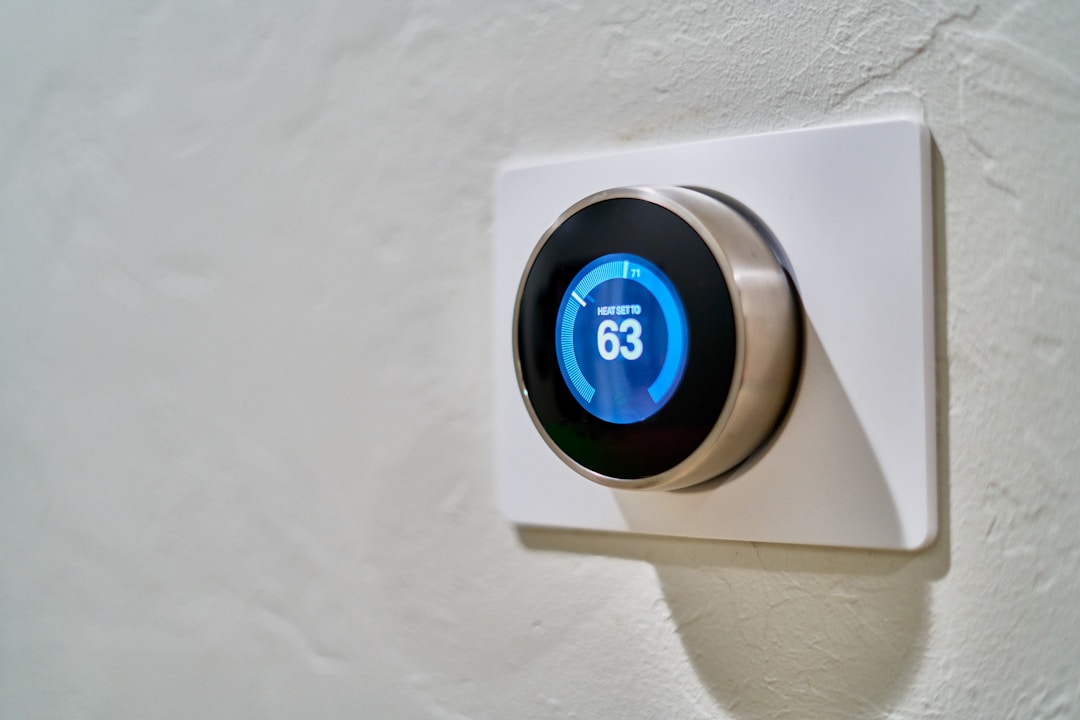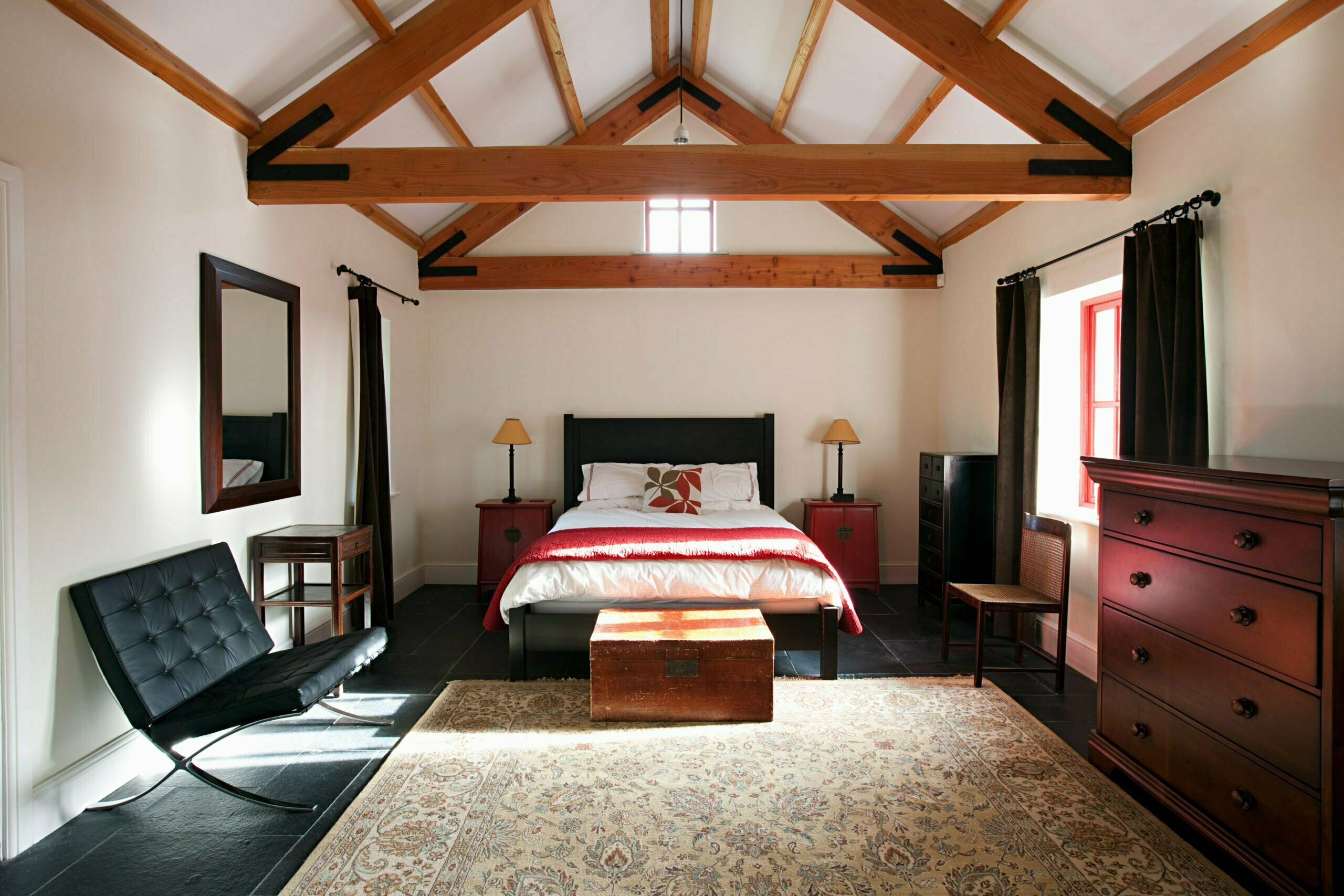More than ever, homeowners are attentive to their household’s carbon footprint. Over the past decade, energy efficiency has proven to be as important to a home’s value as visual curb appeal. This is for many reasons. Aside from the peace of mind that environmental responsibility provides, there are many pragmatic incentives for becoming more energy-efficient. For example, federal tax credits are available for qualifying homeowners, as well as the potential for lower monthly energy bills. Many prospective homebuyers will even inspect a household’s energy efficiency when considering a purchase.
If you’re looking to decrease your family’s carbon footprint, the good news is that there are countless affordable ways to conserve your home’s energy. Here, we will look at just a few tips on how to make your home more eco-friendly, while also lowering your utility bills and boosting your property and resale value.
Energy Efficiency in the Kitchen

If you’re looking to make your home more eco-friendly, the most logical strategy is to assess the rooms in the house that receive the most amount of use. Second, only to the bathroom is the household’s kitchen. Aside from the electricity needed to operate the kitchen’s many appliances and functions, cooking and dishwashing all require a fair share of water consumption. A very popular option for making a kitchen more energy-efficient is to swap out the appliances for modern models approved by the EPA (Environmental Protection Agency). Likewise, replacing your faucet’s fixtures with newer water-conservative designs can go a long way in lowering both your water and energy utilities.
A particularly stylish way to increase your kitchen’s efficiency is to add a new countertop. Believe it or not, kitchen countertops can have a greater impact on your eco-friendly remodel than you may think. For example, specific countertop materials that are made of organic resources, such as natural stone (marble, quartz, or granite), have the highest rate of longevity. Durable countertops don’t have to be replaced nearly as frequently, meaning less waste. In addition, marble or granite countertops are perfect for easy cleanup, which leads to less water consumption. If you’re looking to go eco-friendly while also giving your kitchen a stylish visual boost, a granite countertop hits all the right marks!
Renewable Energy for the Household

Energy-efficient households tend to include some of the most common operating functions that run year-round. With this in mind, you may want to invest in a geothermal HVAC system, which is one of the latest environmentally-friendly HVAC technologies. For those unfamiliar with the state-of-the-art technology, a heat pump cuts down on energy costs and monthly utilities by replacing both the household’s air conditioners and heating system with only a single unit. The innovative technology is able to accomplish this by literally using the outside air, cooling or warming it to meet the thermostat’s settings, and then redistributing that air throughout the home using traditional ductwork and ventilation.
There are a few different styles of heat pumps, although all have the single-unit technology. In general, the very concept of installing one HVAC system to replace both the conventional systems found in most traditional households adds a lot of property value to the home. However, the geothermal heat pump is unique in that its design has the highest energy efficiency ratio of all heat pump options, and is considered best for renewable energy. In a geothermal system, the unit relies on the heat and energy found within the ground surrounding the home. Also known as a “ground source heat pump” for this reason, the unit can supply the house with both HVAC conventional heating and cooling needs, as well as water heating. Needing only minimal maintenance, a geothermal system is also popular among homeowners for the numerous tax credit qualifications it provides.







